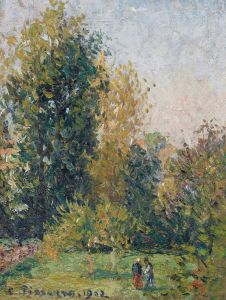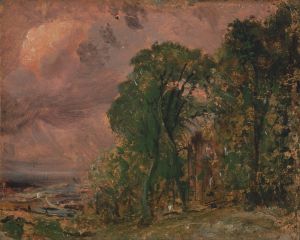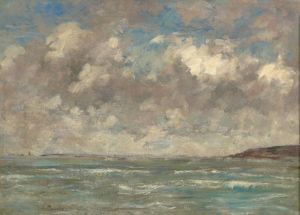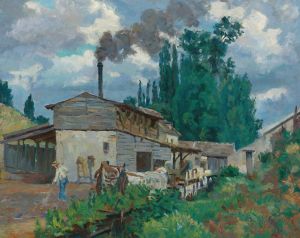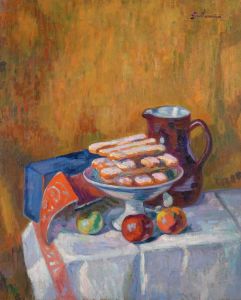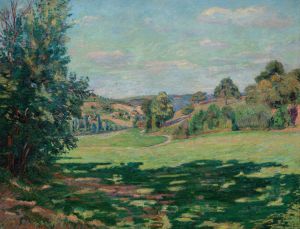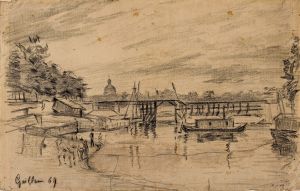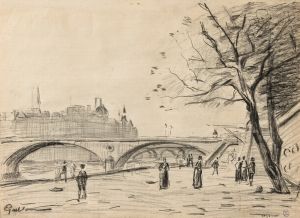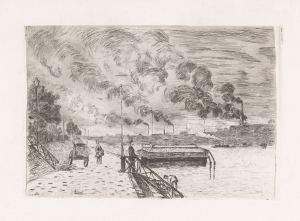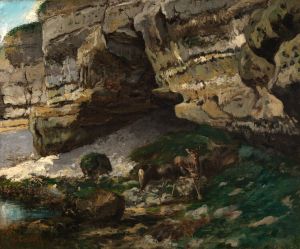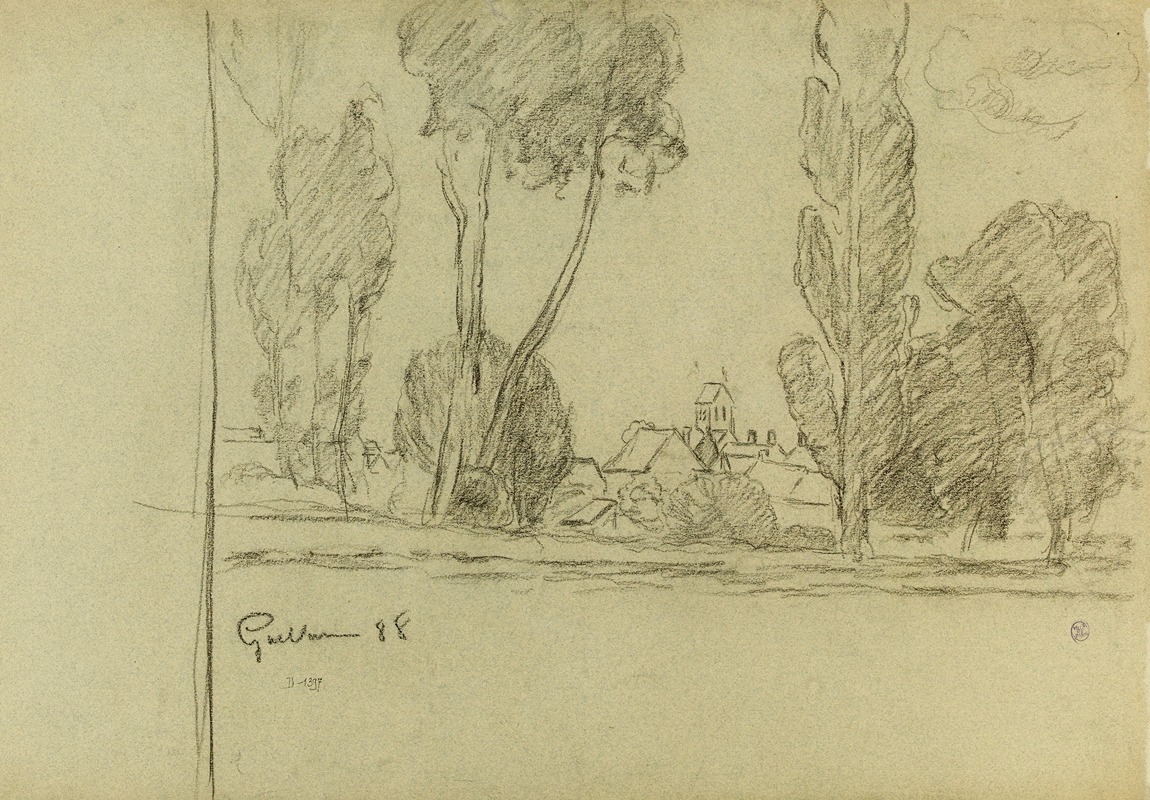
Saint-Chéron
A hand-painted replica of Armand Guillaumin’s masterpiece Saint-Chéron, meticulously crafted by professional artists to capture the true essence of the original. Each piece is created with museum-quality canvas and rare mineral pigments, carefully painted by experienced artists with delicate brushstrokes and rich, layered colors to perfectly recreate the texture of the original artwork. Unlike machine-printed reproductions, this hand-painted version brings the painting to life, infused with the artist’s emotions and skill in every stroke. Whether for personal collection or home decoration, it instantly elevates the artistic atmosphere of any space.
Armand Guillaumin, a prominent figure in the Impressionist movement, painted "Saint-Chéron" during a period when he was deeply engaged with capturing the natural beauty of the French landscape. Born in Paris in 1841, Guillaumin was known for his vibrant use of color and his ability to capture the essence of the scenes he painted. He was a contemporary of other notable Impressionists such as Claude Monet, Camille Pissarro, and Pierre-Auguste Renoir, and he participated in several of the Impressionist exhibitions that took place in Paris during the late 19th century.
"Saint-Chéron" is one of Guillaumin's many landscape paintings, which often depicted rural and suburban scenes in France. This particular painting is believed to have been created in the late 19th or early 20th century, a time when Guillaumin was exploring various regions of France to find inspiration for his work. Saint-Chéron is a commune in the Essonne department in Île-de-France, a region known for its picturesque landscapes and proximity to Paris. The area provided a tranquil setting that was ideal for Guillaumin's plein air painting style, which involved painting outdoors to capture the natural light and atmosphere of the scene.
Guillaumin's work is characterized by its bold use of color and expressive brushwork, and "Saint-Chéron" is no exception. The painting likely features the lush greenery and rolling hills typical of the region, rendered in vibrant hues that convey the changing effects of light and weather. Guillaumin's technique often involved applying paint in thick, textured layers, which added a sense of depth and movement to his compositions. This approach was in line with the Impressionist focus on capturing the fleeting moments of everyday life and the transient qualities of light and color.
Throughout his career, Guillaumin remained committed to the principles of Impressionism, even as the art world began to shift towards other movements such as Post-Impressionism and Modernism. His dedication to capturing the beauty of the natural world is evident in "Saint-Chéron," which reflects his keen observation skills and his ability to translate the essence of a landscape onto canvas. Guillaumin's work was well-regarded by his peers, and he maintained friendships with many other artists of his time, including Vincent van Gogh, who admired his use of color.
Today, Armand Guillaumin's paintings are held in high esteem and can be found in numerous public and private collections around the world. His contributions to the Impressionist movement have been recognized for their vibrant energy and their ability to convey the beauty of the French countryside. "Saint-Chéron" stands as a testament to Guillaumin's skill as a landscape painter and his enduring legacy within the art world.






